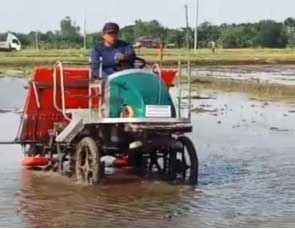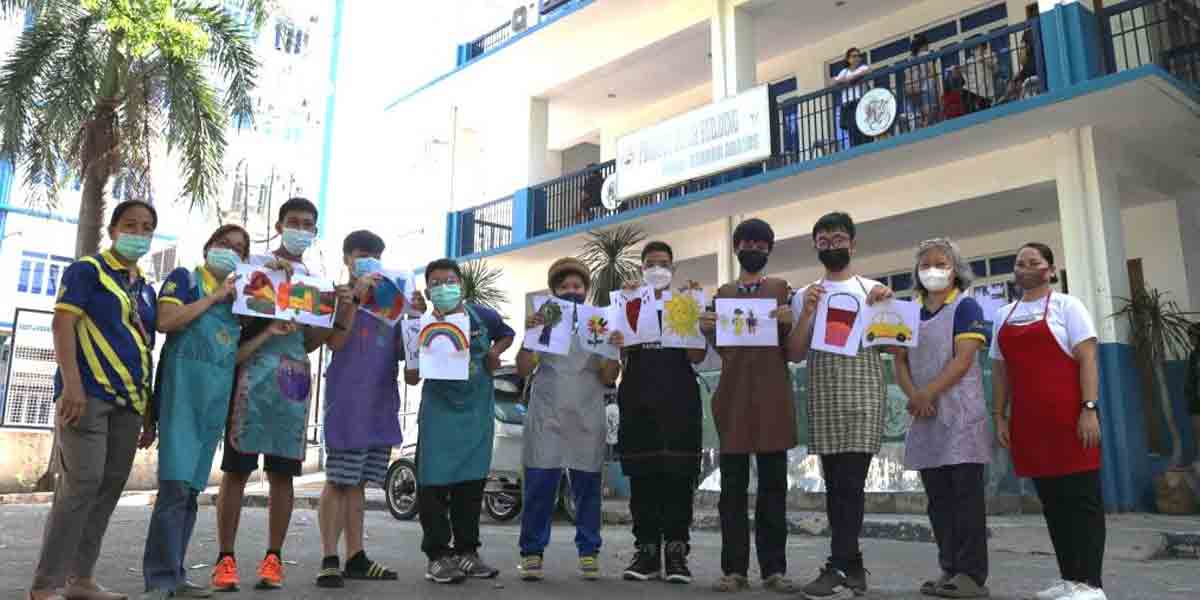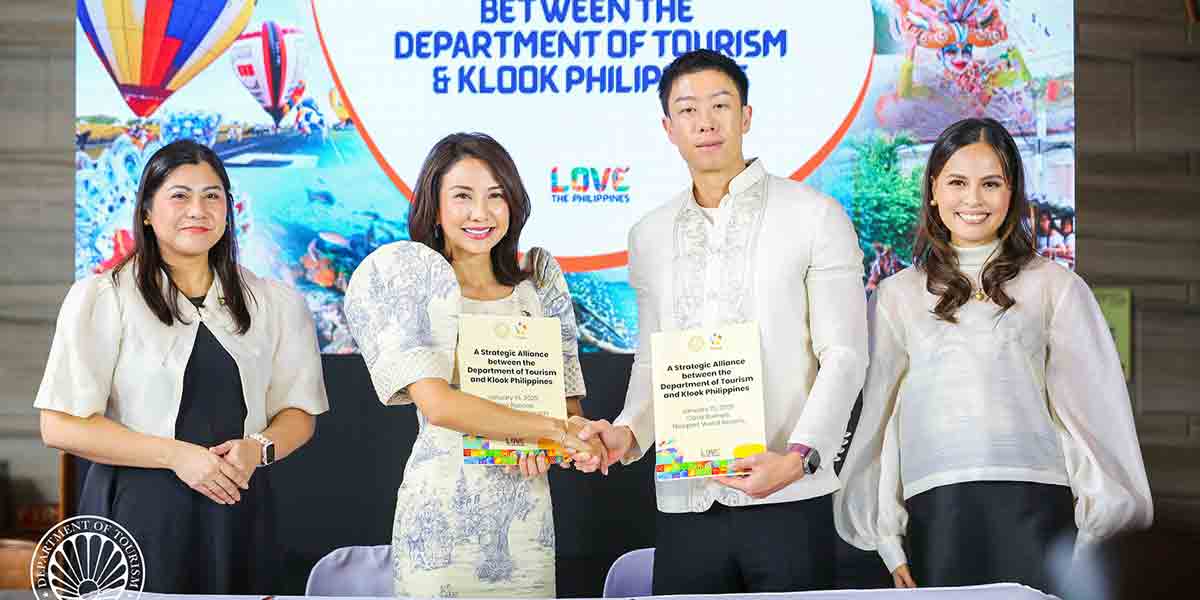A locally-made riding-type transplanter can plant rice seedlings for up to two hectares per day with an average missing hill of only 9.3%. Compared with manual transplanting, the machine operates 80% faster and more efficiently.
This machine helps minimize the drudgery commonly experienced in manual work. It helps address labor scarcity during planting season, requiring only one person to operate it. It is 30% less expensive and can save on fuel consumption by 1–2 liters compared to imported transplanters.
These are the promising features of the initial prototype developed by the Philippine Rice Research Institute (PhilRice) through the funding support of the Philippine Council for Agriculture, Aquatic and Natural Resources Research and Development of the Department of Science and Technology (DOST-PCAARRD).
According to Project Leader Arnold S. Juliano of PhilRice, the prototype tested on the field can further be improved. Hence, his team has created a more suitable, simpler, lighter, and cost-effective design, with more potential for increased mobility and planting capacity. Juliano reported these developments during the Field Monitoring and Evaluation Visit and Project Review meeting organized by DOST-PCAARRD’s Agricultural Resources Management Research Division (ARMRD).

Pilot testing of the improved prototype is underway. Data on performance, theoretical field capacity, actual field capacity, field efficiency, seedlings per hill, spacing between hills, planting orientation, missed and damaged hills, as well as fuel consumption, are currently being collected in compliance with the Philippine National Standards/ Philippine Agricultural Engineering Standards (PNS/PAES 152:2015).
The project will be completed in 2025. It envisions creating a lightweight and affordable transplanter in the Philippines, which will raise farmers’ income by lowering transplanting costs and optimizing plant density in the fields. Moreover, use of locally sourced materials and skilled labor in producing local riding-type transplanters hopes to create job opportunities and stimulate economic growth in the region. (Thea Mariel N. Valdeavilla, Romeo P. Santiago, and Ofelia F. Domingo, DOST-PCAARRD S&T Media Services)





















